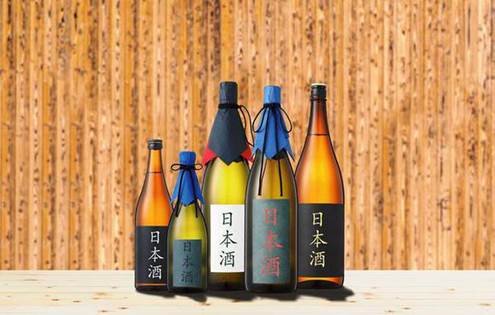Free Courses Sale ends Soon, Get It Now


Free Courses Sale ends Soon, Get It Now



Copyright infringement not intended
Context: The Embassy of Japan, New Delhi, has filed an application seeking Geographical Indication (GI) tag for nihonshu/Japanese sake.
Details:
History:
https://epaper.thehindu.com/Home/ShareArticle?OrgId=G1SADLLI3.1&imageview=0
© 2024 iasgyan. All right reserved